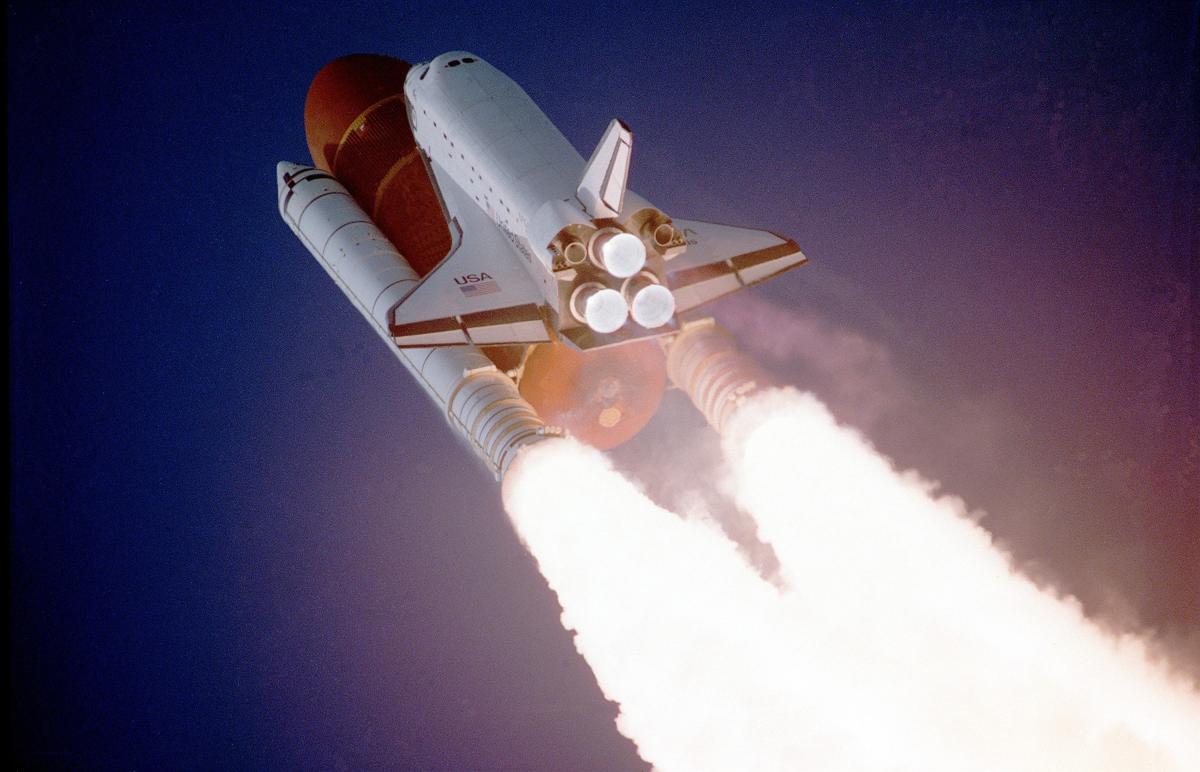
Calculating Distance, Speed, and Time
Students explore the relationship between the speed(rate of travel) of an object, the distance it travels, and the amount of time it travels for.
Teachers may use:
A- Air rockets(from a previous lesson), and a timer to calculate the average speed of a rocket at a given launch psi.
or
B- A baseball, and a timer to calculate the average speed of a throw.
Materials
Air rockets and launcher. Search ASU ASAP lesson plans for “Air Rocket Design Challenge” to go with this option.
OR
A baseball for each group.
ALSO
Timers for each group.
Clipboards, pencils, and paper for recording data away from the classroom.
Agenda (60 minutes)
1st- Introduction to distance, rate, and time relationship.
2nd- Use that information to calculate speed in an investigation.
3rd- Analyze and present data.
Lesson Plan Link/URL
https://docs.google.com/presentation/d/1c8jpmwEbz9KSSYXHCXAWNSDLI7qr1f86/edit?u…Subject Area
Science Physical Science P2: Objects at a Distance P3: Net Force Technology 1. Empowered Learner 5. Computational Thinker 7. Global Collaborator Mathematics Ratio and Proportion (RP)Related Content

Students use the engineering design process to create paper rocket protoypes and complete a cost-benefit analysis to help choose the best one.

An introduction to Kepler's 1st Law and ellipses. The lesson includes some guided notes for students as well as a hands on activity where students will draw, measure, explore, and conduct calculations

Students will design a balloon rocket. They will then create a fish line track for the rocket to follow. The track will be able to me modified to test different angles of ascent. This will allow